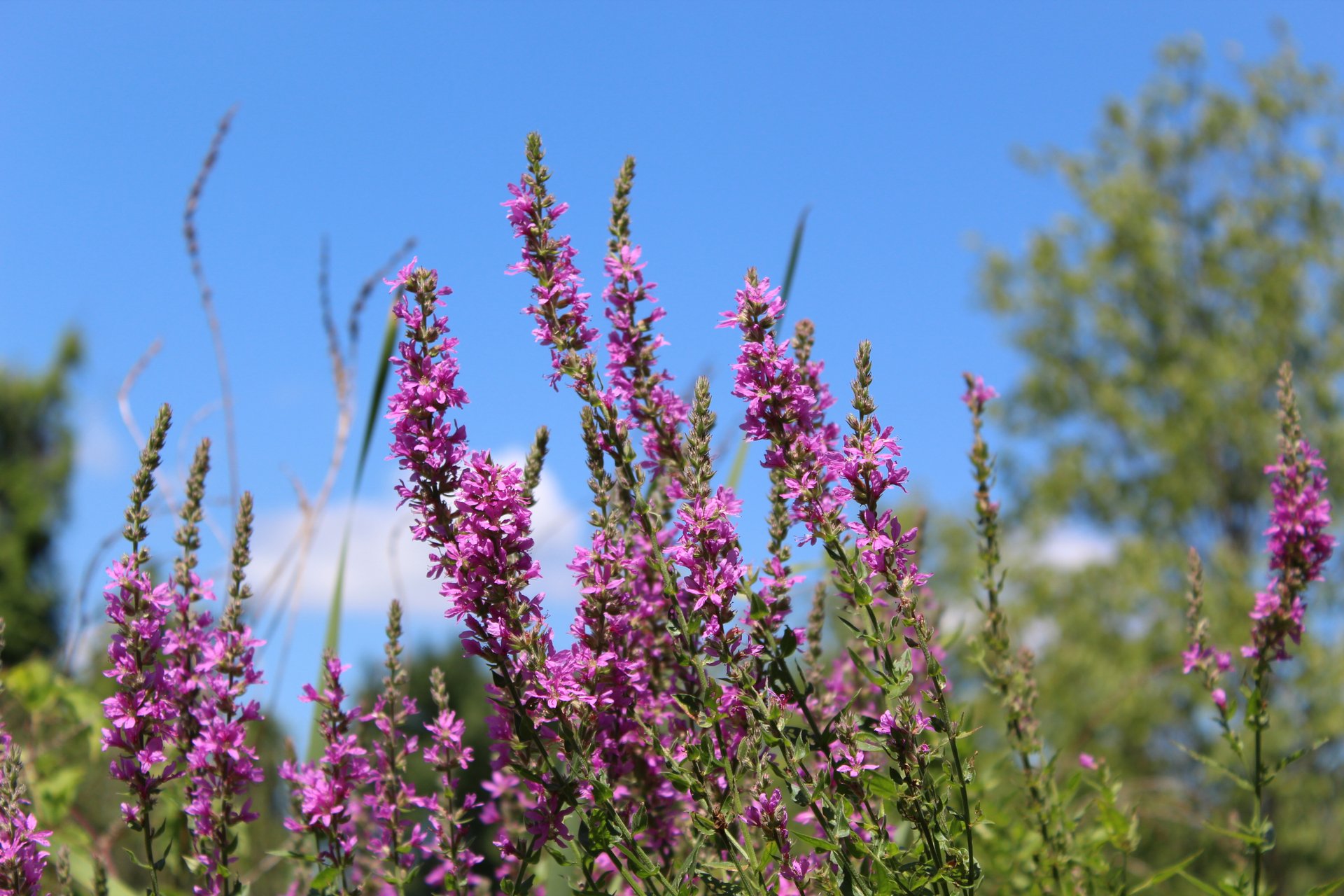Resilient Lands
Invasive Species Management
Invasive species is one of the greatest threats to the nature of Massachusetts because they out-compete, displace, or kill native species.
Managing Invasive Species on Our Land
Invasive species are common in many areas of Massachusetts, including many Mass Audubon wildlife sanctuaries. To ensure that our invasive species management efforts are as effective as possible, Mass Audubon developed a strategy to guide our work.
- Prevent the establishment of new populations of known or suspected invasive species.
- Protect populations of rare and endangered native species from invasive species.
- Protect rare and exemplary natural communities from invasive species.
- Restore potentially high-quality natural communities already degraded by invasive species where feasible and sustainable.
- Protect actively managed habitats (e.g. grasslands) that are being managed to support species or suites of species (e.g. grassland nesting birds) that are uncommon or rare in Massachusetts.
Mass Audubon's Approach on the Use of Pesticides
When invasive species infestations are small, simple manual control such as hand pulling of invasive plants may be sufficient. With some larger infestations, the use of pesticides (including herbicides) may be the only practical means of control.
Mass Audubon uses an Integrated Pest Management (IPM) approach to ensure that any use of pesticides on Mass Audubon wildlife sanctuaries is undertaken in a manner that will minimize the potential for impacts to non-target species.
Invasive Plant Guide
Our online invasive plant guide with identification tips and management suggestions.



